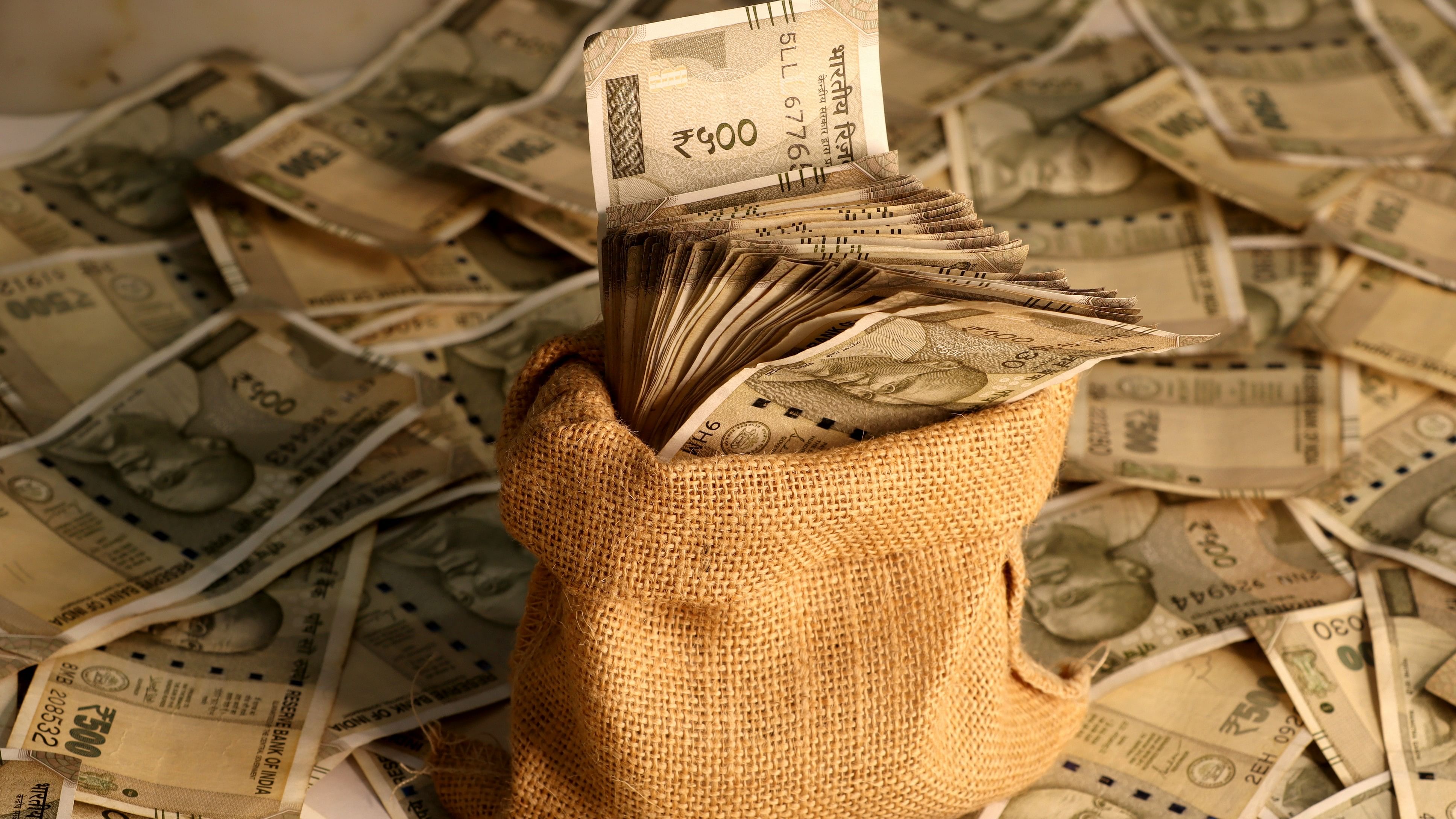
Total liabilities of all states put together declined to 29.5% of GDP in the financial year 2022-23 from 31.1% in 2020-21.
Credit: iStock Photo
With debt to gross state domestic product (GSDP) ratio of more than 45%, financial position of Punjab and Arunachal Pradesh is in a very bad shape, resulting in high interest payments, which strains the states’ revenue budget, according to a research report by Bank of Baroda.
Total liabilities of all states put together declined to 29.5% of GDP in the financial year 2022-23 from 31.1% in 2020-21. Though there is some improvement, the debt-GSDP ratio of states is a long distance away from the 20% mark which has been proposed under the revised Fiscal Responsibility and Budget Management (FRBM) Act.
Four states have levels which raise a red flag: Manipur, Nagaland, Punjab and Arunachal Pradesh. Of these, Punjab has the highest size of the budget, Bank of Baroda Chief Economist Madan Sabnavis noted in the report.
Only three states Odisha, Gujarat and Maharashtra have debt-GSDP ratio of less than 20%. In Karnataka, Telangana, Assam and Chhattisgarh the debt-GSDP ratio is in the range of 20-25%, while Tamil Nadu, Haryana, Jharkhand, Uttarakhand and Madhya Pradesh have ratios between 25-30%.
The balance 15 states have ratios above 30% and would need very strict fiscal monitoring to bring down the debt levels. This would require both lower fiscal deficits as well as higher growth in GSDP, the report noted. The report has analysed data of 27 states.
Odisha is probably the best placed state when it comes to debt. The debt to GDP ratio is the lowest and there are low contingent liabilities. The fiscal deficit too has been within the FRBM norms and the debt servicing ratio very low. This is a position of both comfort and strength, the report added.
On the side of fiscal deficit, 11 states have targeted ratios of up to 3% which indicates that they are confident of their finances and are also within control of their future debt levels. Gujarat has the lowest at 1.8% and Maharashtra follows with 2.5%.
Punjab is pressured on all scores - debt ratio, fiscal deficit, guarantees and debt servicing. Manipur and Arunachal have high debt ratios but are comfortable with the servicing aspect. Himachal Pradesh is however more vulnerable as the debt servicing ratio is high.
Andhra and Telangana have the highest guarantee levels which stands out more for the former where the debt levels are also high. This has kept the debt servicing ratio at 14%. West Bengal too has been working with high debt levels which has pushed up the debt servicing ratio. Tamil Nadu on the other hand has debt levels of around 26% which is more reasonable but has a high servicing commitment. This goes along with high levels of guarantees.